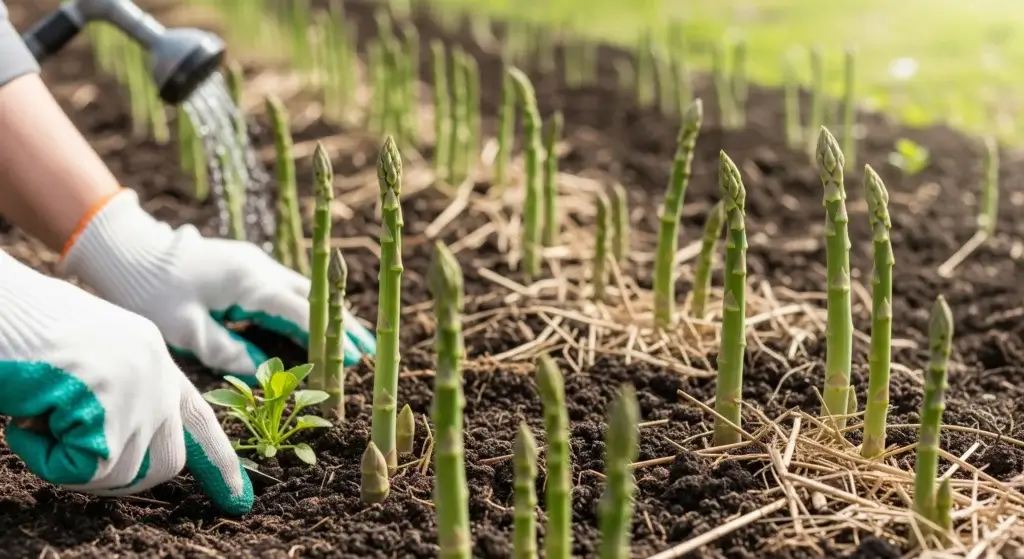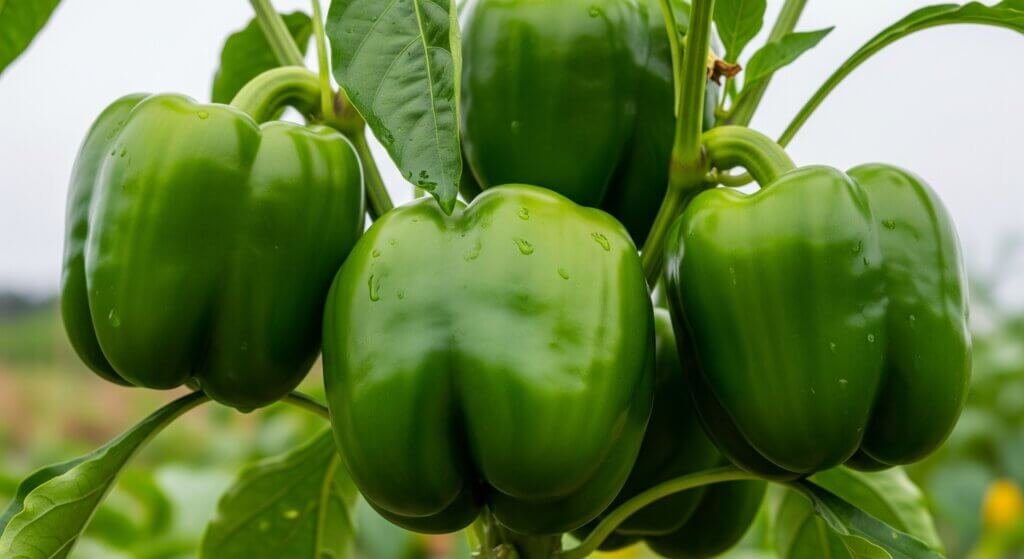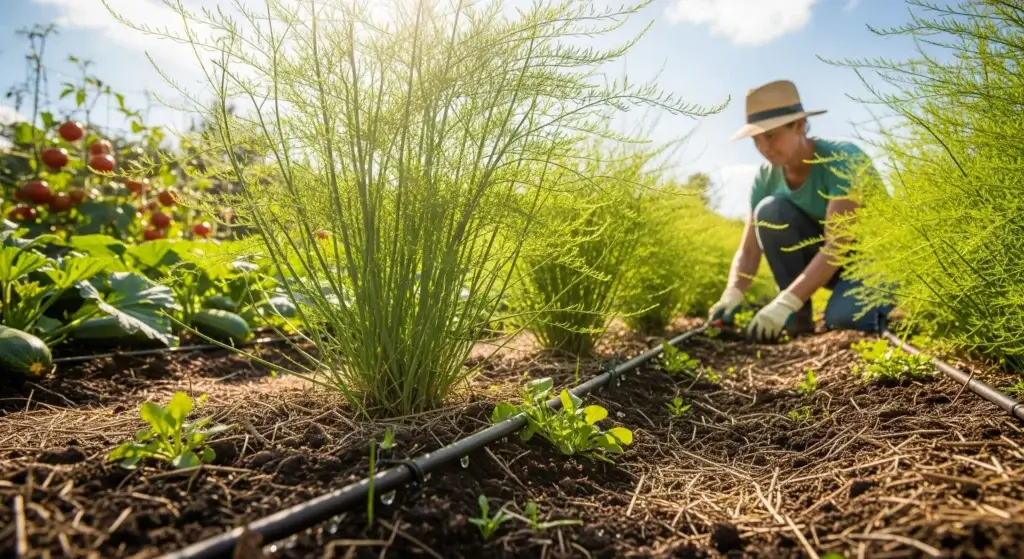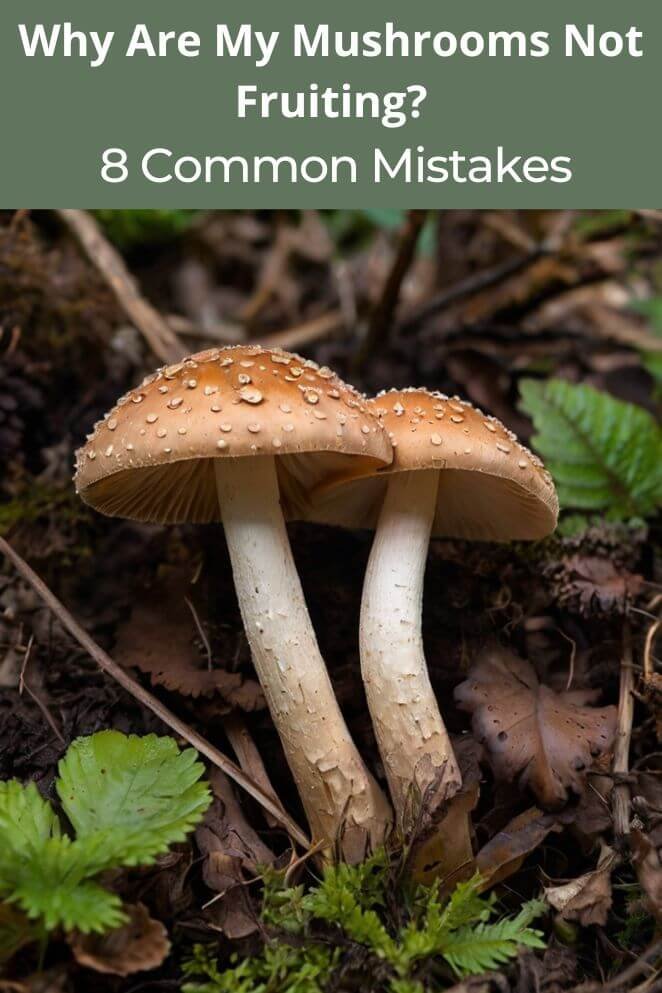
Growing mushrooms at home is like raising a Tamagotchi—needy, mysterious, and way too easy to mess up.
You’ve babied your mycelium, followed all the steps, and still… nothing. No mushrooms. Just vibes.
If you’re stuck wondering, “Why won’t these things fruit?”—you’re not alone.
We’ve all stared into the fruiting chamber like it’s a Magic 8-Ball, waiting for some sign of life.
Don’t panic. This quick guide is your mushroom cheat code.
We’ll uncover the usual suspects behind the no-shroom situation and how to fix it—no magnifying glass or wizard staff required.
Let’s go full fungal detective.
Understanding the Mushroom Fruiting Process
Before you blame your grow kit or send your mycelium to therapy, here’s the deal: mushrooms won’t fruit until the conditions are just right.
Think of mushrooms as the moody teenagers of the fungi world—they only show up when the mycelium (their underground network) is well-fed and the environment feels like a five-star spa: humid, fresh air, cozy temps, and a bit of light.
Once that perfect vibe hits? Boom—pinning begins.
Tiny mushrooms start popping up like nature’s version of a surprise party.
Your job? Set the mood like a fungal dating app—moist, breezy, and slightly dramatic.
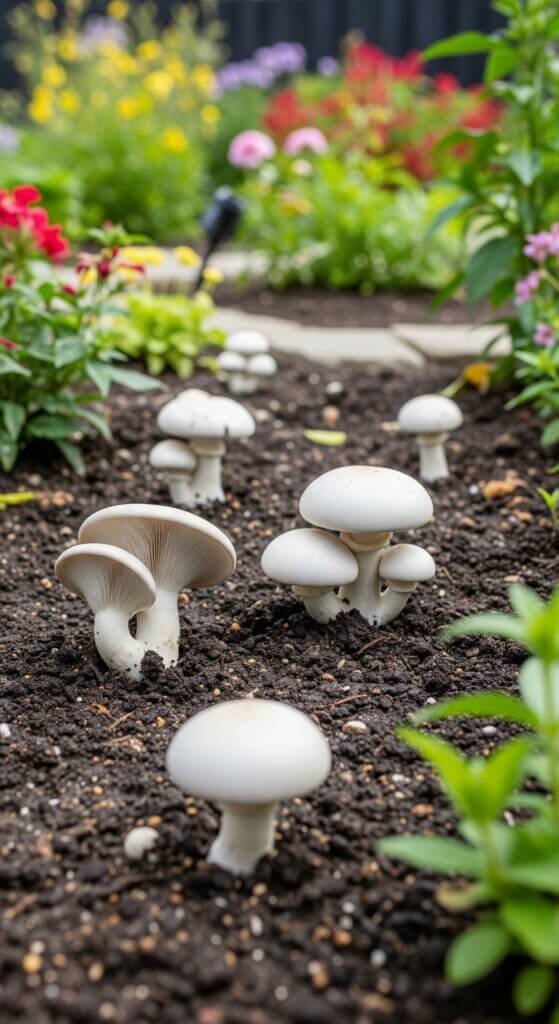
The Top 8 Reasons Your Mushrooms Won’t Fruit
So your mycelium looks great, but no mushrooms? Don’t worry—your fungi aren’t mad at you (probably).
They just have high standards.
Let’s break down the usual reasons your grow might be stuck in the “just vibes” stage:
1. Inadequate humidity levels
The problem:
Most mushroom species require high humidity levels (80-95%) during the fruiting stage.
Low humidity is one of the most common reasons mushrooms fail to fruit or develop properly.
The solution:
- Use a humidity gauge to monitor levels consistently
- Mist the growing area regularly, but avoid directly spraying the substrate
- Create a humidity chamber using a clear storage container with damp perlite
- Consider investing in an ultrasonic humidifier for larger growing operations
2. Poor air circulation and fresh air exchange
The problem:
Mushrooms need fresh air to fruit properly.
Stagnant air leads to high CO2 concentrations, which inhibits pinning and can cause long, spindly mushrooms with small caps.
The solution:
- Provide gentle air circulation using a small fan (not directly on the mushrooms)
- Ensure 4-6 air exchanges per hour in your growing space
- Create passive air holes in growing containers
- Fan the growing area manually 2-3 times daily if using a simple setup
3. Incorrect temperature conditions
The problem:
Each mushroom species has specific temperature requirements for fruiting.
Many cultivators maintain colonization temperatures (75-80°F) when they should drop to fruiting temperatures (55-75°F depending on species).
The solution:
- Research your specific mushroom variety’s temperature requirements
- Lower temperatures by 5-10°F to trigger fruiting in most species
- Use a thermometer to monitor temperature fluctuations
- Consider the natural seasonal patterns of your chosen mushroom species
4. Insufficient light exposure
The problem:
While mushrooms don’t photosynthesize, they do need light cues to form properly shaped fruit bodies.
Complete darkness often results in pale, misshapen mushrooms or no fruiting at all.
The solution:
- Provide 12 hours of indirect light daily
- Use fluorescent or LED lights positioned 12-18 inches away
- Natural indirect sunlight through a window works well
- Avoid direct sunlight, which can dry out the substrate
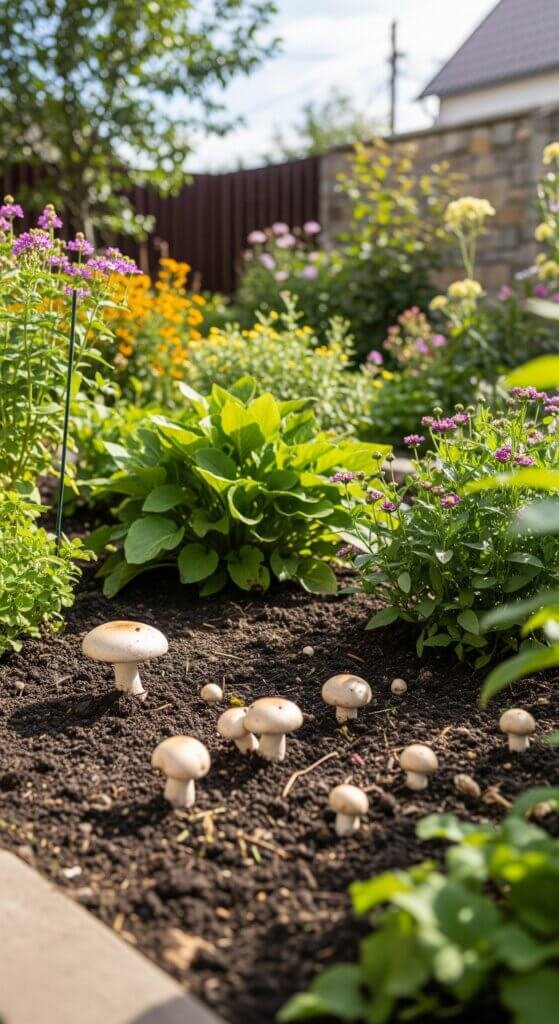
5. Substrate nutritional deficiencies
The problem:
If the substrate lacks proper nutrition or has been depleted, the mycelium won’t have enough energy to produce fruit bodies.
The solution:
- Use high-quality substrate materials appropriate for your mushroom species
- Ensure proper substrate preparation and sterilization
- Consider supplementing spent substrate with fresh nutrients
- Don’t reuse substrates that have already produced multiple flushes
6. Contamination issues
The problem:
Bacterial or mold contamination competes with your mushroom mycelium for resources and can completely prevent fruiting.
The solution:
- Maintain sterile conditions during inoculation and handling
- Remove any visible contamination immediately
- Use proper sterilization techniques for all equipment
- Quarantine suspicious cultures away from healthy ones
7. Premature fruiting initiation
The Problem:
Attempting to trigger fruiting before the mycelium has fully colonized the substrate often results in failure or poor yields.
The solution:
- Wait for 100% substrate colonization before initiating fruiting conditions
- Look for the substrate to turn completely white with healthy mycelium
- Be patient – full colonization can take 2-4 weeks depending on the species
- Perform a “break and shake” technique if colonization stalls
8. Improper watering and substrate moisture
The problem:
Both overwatering and underwatering can prevent mushroom fruiting.
The substrate should be moist but not waterlogged.
The solution:
- Maintain substrate moisture at 60-70% without standing water
- Use the “squeeze test” – substrate should hold together but not drip when squeezed
- Water gently to avoid disturbing the mycelium
- Ensure proper drainage to prevent waterlogging

Species-Specific Fruiting Requirements
Not all mushrooms play by the same rules.
Each species has its own list of diva demands before it even thinks about fruiting.
Here’s the cheat sheet to keeping your fungi happy and productive:
Oyster mushrooms
These guys are the easiest to please.
Give them a good drop in temperature (around 10–15°F cooler than colonization), crank up the humidity (85–95%), and they’ll pin like crazy.
Think of them as the mushrooms that just need a cool breeze and a misty day to throw a fruiting party.
Shiitake mushrooms
Shiitakes like a little drama.
You’ve got to give them a cold shock—or literally beat the block (yes, some growers slap it around)—to wake them up.
They need high humidity and temperature cycling to know it’s go time. Basically, they don’t fruit unless you give them a mild existential crisis.
Lion’s mane
Lion’s Mane is sensitive, brainy, and not into chaos. It wants cool temps (65–75°F), super high humidity (90–95%), and very gentle airflow.
Too much CO₂ and you’ll get sad, stringy fluff instead of those nice white puffs.
Treat it like the introvert of the mushroom world—low stress, quiet environment, and it’ll thrive.
Button mushrooms
These are the mushrooms behind every supermarket burger topping, but growing them? Not as basic as they look.
They need compost that’s been carefully prepped, cased with a specific top layer, and temperature-controlled through every phase.
This is the mushroom equivalent of running a full kitchen brigade—worth it, but definitely not a beginner’s pet project.
Creating the Ideal Fruiting Environment
Want your mushrooms to actually fruit instead of just sitting there like a cryptic houseplant? You’ve gotta give them the VIP treatment.
Here’s how to build the perfect fruiting environment—no wizard robe required:
- Check the vibe daily: Get yourself a digital hygrometer and thermometer. Track humidity, temp, and air quality like it’s a weather report for your mushroom resort.
- Set a daily routine: Mushrooms love consistency. Mist regularly (don’t drown it), fan for fresh air (unless your setup does it automatically), and stick to a schedule.
- Build their microclimate: Use a humidity chamber, grow tent, or full-on fruiting room to dial in those dreamy conditions.
- Chill, seriously: Mushrooms do things on mushroom time. Rushing it won’t help. They need time to pin, develop, and fruit—so resist the urge to poke them every five minutes.
- Take notes like a fungal detective: Track what you’re doing: temps, humidity, misting times, lighting, everything.
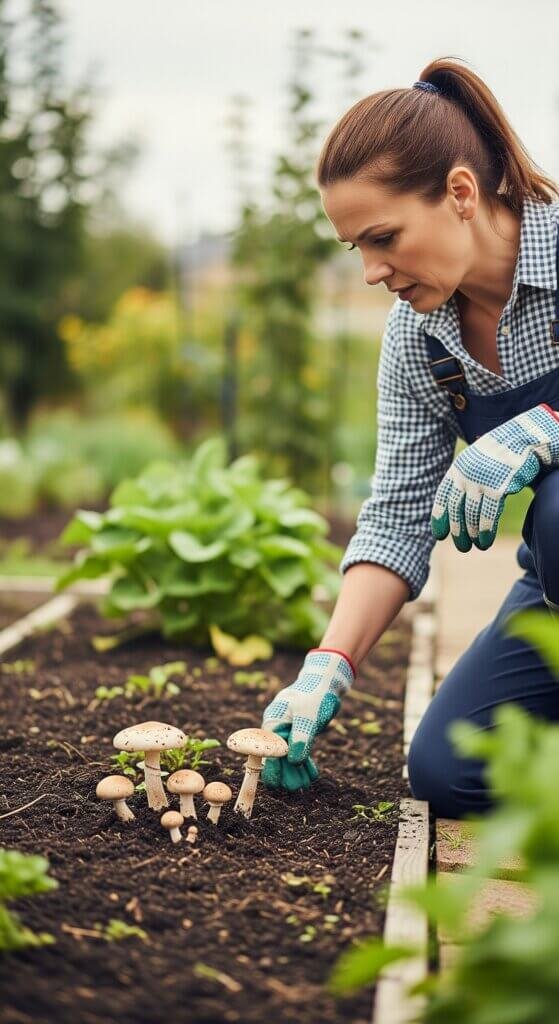
Troubleshooting Your Specific Situation
If you’ve nailed the basics and your grow is still on strike, dig deeper:
- Check pH: Most mushrooms prefer it slightly acidic—somewhere between 6.0–7.0.
- Blame genetics (kind of): Some strains are just lazy. You might have a dud or a slow starter.
- Mind the seasons: Some species are seasonal performers. Like tomatoes, but weirder.
- Substrate age: If your substrate’s older than your last houseplant, it might be time to refresh.
When to Start Over
Sometimes, you gotta know when to walk away (cue sad movie montage). Start over if:
- Contamination keeps coming back like a bad sequel
- Your mycelium looks sad, weak, or discolored
- Nothing’s happening after 6–8 weeks (not even pins)
- You’ve tried fruiting more than once and still nada
No shame in resetting. Even pro growers scrap grows that just aren’t vibing.
Take what you learned, tweak your setup, and get back to growing like a mushroom whisperer.
Final Thoughts: Fruiting Isn’t Magic—It’s Mush-Science
Getting mushrooms to fruit isn’t a “set it and forget it” deal—it’s more like playing The Sims with spores.
You’ve gotta learn the basics, fix the environment, and sometimes hit reset when things go sideways.
Once you’ve nailed those, you can level up and grow like a fungi Jedi. And if your first try’s a bust? Totally normal.
Take notes, stay chill, and keep growing. Mushrooms happen to those who wait.

